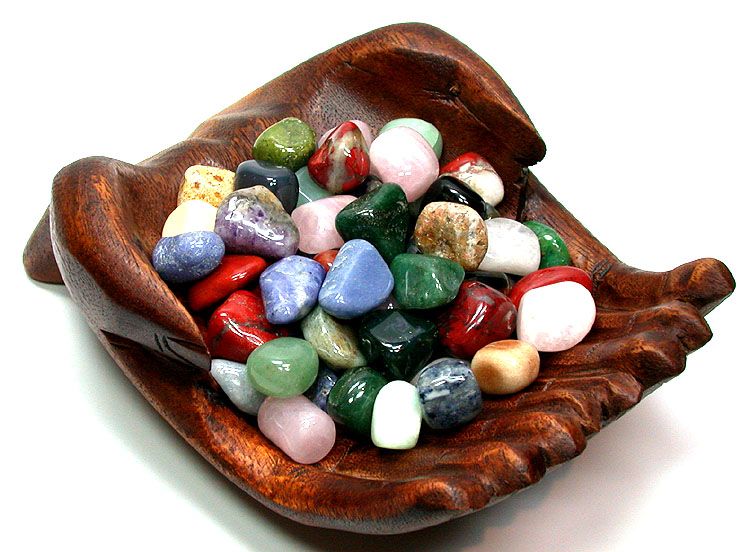How to Practice Tonglen
- Details
- Written by AndEl
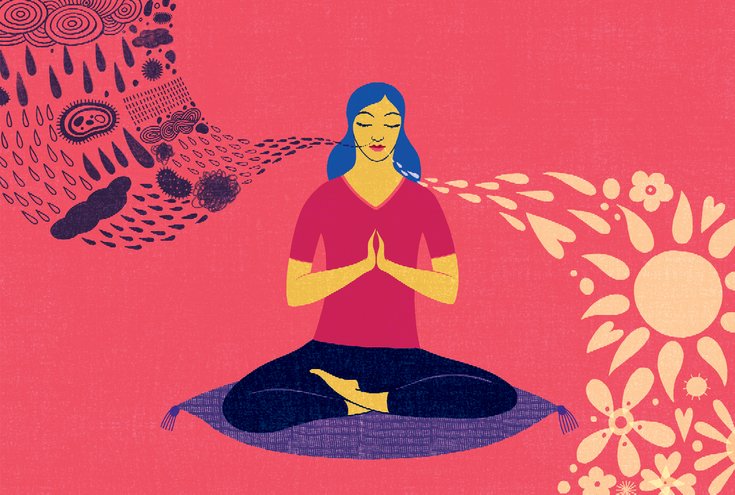
Pema Chödrön teaches us “sending and taking,” an ancient Buddhist practice to awaken compassion. With each in-breath, we take in others’ pain. With each out-breath, we send them relief.
Tonglen practice, also known as “taking and sending,” reverses our usual logic of avoiding suffering and seeking pleasure. In tonglen practice, we visualize taking in the pain of others with every in-breath and sending out whatever will benefit them on the out-breath. In the process, we become liberated from age- old patterns of selfishness. We begin to feel love for both ourselves and others; we begin to take care of ourselves and others.
Tonglen awakens our compassion and introduces us to a far bigger view of reality. It introduces us to the unlimited spaciousness of shunyata (emptiness). By doing the practice, we begin to connect with the open dimension of our being.
Tonglen can be done for those who are ill, those who are dying or have died, or those who are in pain of any kind. It can be done as a formal meditation practice or right on the spot at any time. If we are out walking and we see someone in pain, we can breathe in that person’s pain and send out relief to them.
Usually, we look away when we see someone suffering. Their pain brings up our fear or anger; it brings up our resistance and confusion. So we can also do tonglen for all the people just like ourselves—all those who wish to be compassionate but instead are afraid, who wish to be brave but instead are cowardly. Rather than beating ourselves up, we can use our personal stuckness as a stepping stone to understanding what people are up against all over the world. Breathe in for all of us and breathe out for all of us. Use what seems like poison as medicine. We can use our personal suffering as the path to compassion for all beings.
When you do tonglen as a formal meditation practice, it has four stages:
1. Flash on Bodhichitta
Rest your mind for a second or two in a state of openness or stillness. This stage is traditionally called flashing on absolute bodhichitta, awakened heart-mind, or opening to basic spaciousness and clarity.
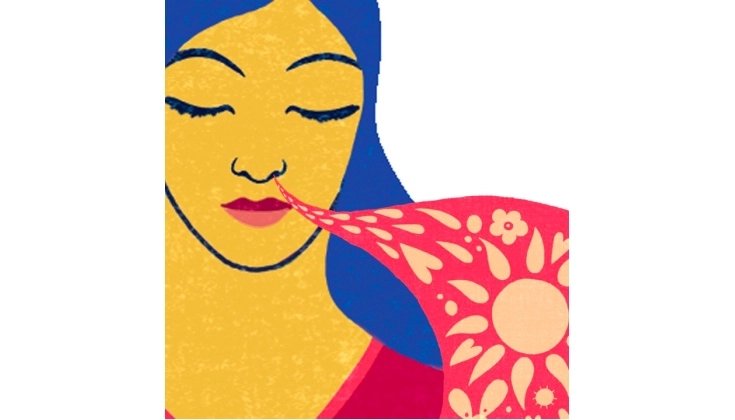
2. Begin the Visualization
Work with texture. Breathe in feelings of heat, darkness, and heaviness—a sense of claustrophobia—and breathe out feelings of coolness, brightness, and light—a sense of freshness. Breathe in completely, taking in negative energy through all the pores of your body. When you breathe out, radiate positive energy completely, through all the pores of your body. Do this until your visualization is synchronized with your in- and out-breaths.
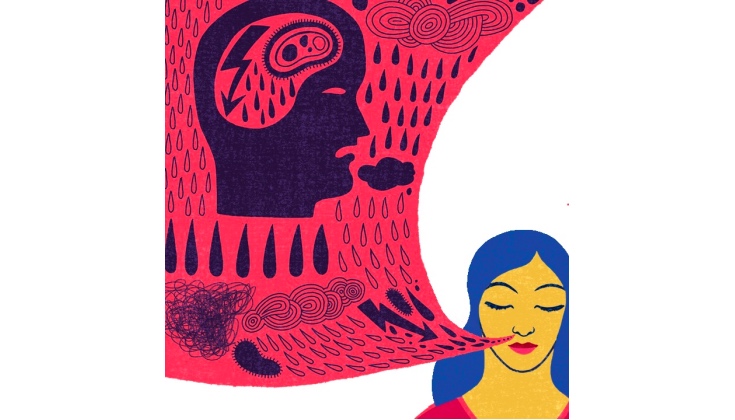
3. Focus on a Personal Situation
Focus on any painful situation that’s real to you. Traditionally you begin by doing tonglen for someone you care about and wish to help. However, if you are stuck, you can do the practice for the pain you are feeling yourself, and simultaneously for all those who feel the same kind of suffering. For instance, if you are feeling inadequate, breathe that in for yourself and all the others in the same boat and send out confidence, adequacy, and relief in any form you wish.
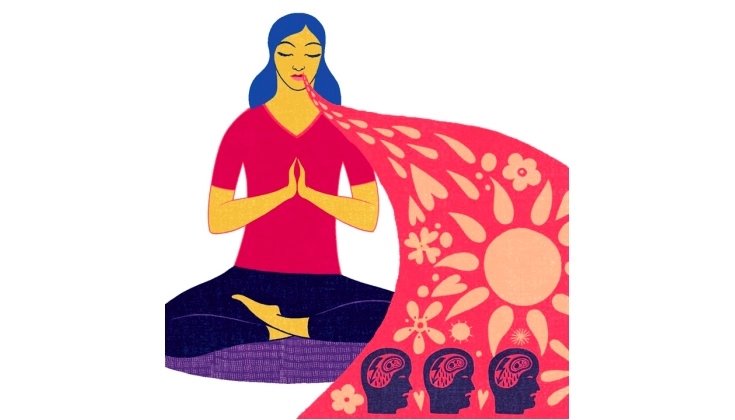
4. Expand Your Compassion
Finally, make the taking in and sending out bigger. If you are doing tonglen for someone you love, extend it out to all those who are in the same situation. If you are doing tonglen for someone you see on television or on the street, do it for all the others in the same boat. Make it bigger than just that one person. You can do tonglen for people you consider to be your enemies—those who hurt you or hurt others. Do tonglen for them, thinking of them as having the same confusion and stuckness as your friend or yourself. Breathe in their pain and send them relief.
Tonglen can extend infinitely. As you do the practice, your compassion naturally expands over time, and so does your realization that things are not as solid as you thought, which is a glimpse of emptiness. As you do this practice, gradually at your own pace, you will be surprised to find yourself more and more able to be there for others, even in what used to seem like impossible situations.
Liked this article? Dive deeper into personal growth and wellness! Check out CrystalWind.ca for spiritual wisdom or explore AromaWorx.ca for natural well-being tips. Spread the positivity—share this with friends on their happiness journey!
Let’s Chat! Drop Your Thoughts Below! ![]()
Latest Articles

Imagine a world of inspiration and healing, free for all—made possible by YOU!
Donate Now—Ignite the Magic at CrystalWind.ca!
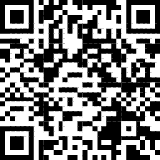
Epilepsy - Finding A Cure
Your donation can make a difference!
Help us find a cure – donate now!
Unlock Your Light: Join Lightworkers Worldwide on CrystalWind.ca!
Articles: Buddhism
Follow Us!
Featured This Month
Egyptian Zodiac/Astrology
Egyptian astrology was one of the earliest forms of astrology. The Egyptians w... Read more
Cancer Mythology
The Mythology of Cancer: A Celestial Tale of Loyalty and Sacrifice Among th... Read more
Chalcedony
The Stone Of Orators Chalcedony was very popular as a decorative stone in ant... Read more
Lammas by The Hedgewitch
Although in the heat of a Mid-western summer it might be difficult to discer... Read more
Lugh - Celtic God Of The Sun
The god Lugh was worshiped in Ireland as a deity of the sun. This connection... Read more
Sun in Cancer
Cancer Sun Sign Characteristics Overview The name "Cancer" comes from Latin, ... Read more
Abalone Shell
Echos Of The Ancestors Abalone strengthens the structure of the body and th... Read more



